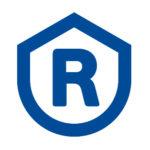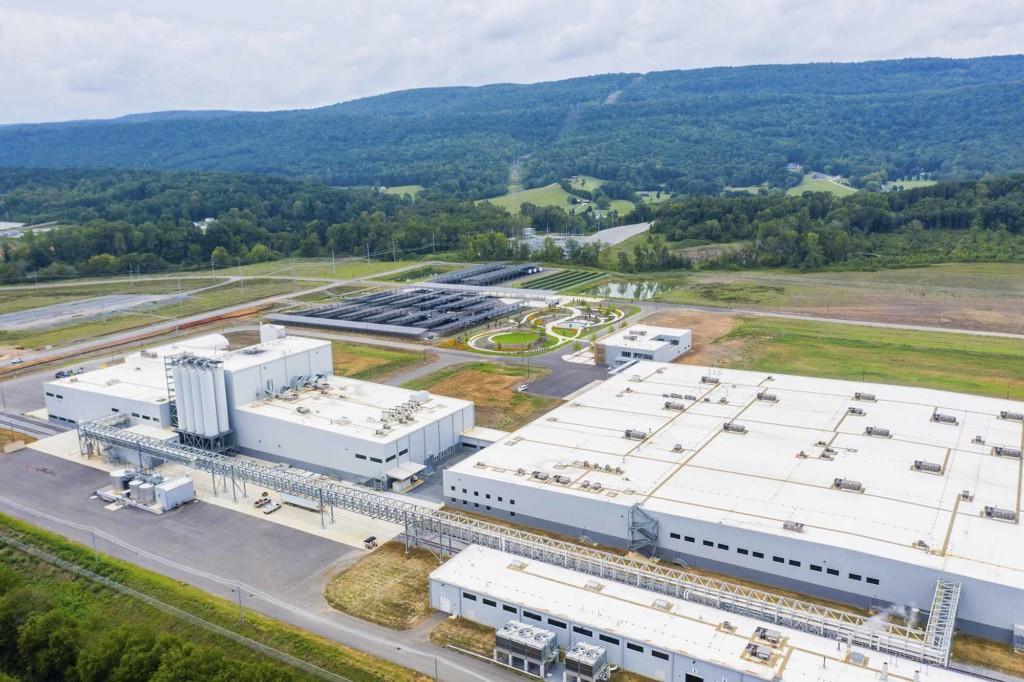LEED certification guarantees energy-efficient properties
LEED certification is changing the way we think about how properties are designed, built, and maintained globally. It provides the keys to a responsible and sustainable property stock so people can live and work safely.
LEED is a U.S. certification system that comprehensively assesses sustainable development solutions in construction, such as the environmental qualities of spaces, buildings, and areas. The certificate serves as a third-party quality label for the property, issued by U.S. Green Building Council® (USGBC®). Globally, LEED is by far the most popular environmental certification system in the world, with currently around 110,000 certifications in more than 160 countries. Also in Finland, LEED is clearly the most popular system for environmental certification of construction projects.
LEED certification is more straightforward than other environmental certifications and is particularly well-suited for office spaces or large projects involving multiple buildings. In this regard, a Volume Program model can be created for a company, which allows for faster and easier certification, for several similar buildings.
Investors often require a certificate
Certification increases the value of a building and eases its sale. Financing is also often easier to obtain when the property has environmental certification. The LEED certificate is particularly well-known among foreign real estate investors and is the most widely used environmental certification system internationally.
The LEED system is divided into four different rating levels, which are Certified, Silver, Gold and Platinum. A preliminary study at the beginning of the process will help identify the site’s objectives and potential level of certification. At this stage, it is also determined what actions are required to achieve the desired level of certification. Some of the certification criteria are mandatory and some are optional, meaning not all certified properties need to be the same. Throughout the certification process, experts help and guide the fulfilment of certification criteria to achieve the desired level.
With LEED-certified buildings it is assessed how much they burden their community’s environment and how this could be reduced. With LEED certification in particular, attention is paid to energy efficiency, location and water use. Because of this, it can be challenging for a property to achieve a higher level of certification, if the property does not have a good access to public transportation.
Certification for the construction phase
Environmental classifications of construction projects allow investors, property developers and space users to guide and verify the overall consideration of environmental aspects in the project. The LEED certificate for the construction phase verifies that the building has been designed and constructed in accordance with strict environmental objectives and demonstrates the environmental performance of the construction project.
Applying for certification helps to identify sustainable development targets for the property. For construction phase LEED certification, for example, the required level for water fixtures is high, which does not always match the Finnish guidelines, making the certification process more challenging. The required criteria also depend on the type of property. Offices and commercial buildings are certified according to LEED Core and Shell or New Construction, hotels in Hospitality category and residential buildings according to New Construction or Multifamily Midrise.
Raksystems GBP has consulted 75% of the construction phase LEED environmental classifications made in Finland, and all of them have reached or exceeded the desired certification level within the agreed timeframe. In 2020, Raksystems GBP achieved a total of 35 LEED certifications in Finland, the Baltics and the United States. Certified sites include Sopukka Welfare Center, Danske Bank’s head office, Sello Shopping Center and Nokian Tires’ plant in the United States.
Certification of existing buildings
LEED certification can also be obtained for the operational phase of a building, where the environmental efficiency and responsible maintenance of the property and its services are measured. The certification provides tools for the sustainable maintenance of the building and savings in, for example, energy consumption. LEED for Existing Buildings: Operation and Maintenance certification is always valid for five years at a time. After that time you must apply for renewal of the certification.
For example, energy and water consumption, user satisfaction, waste data, commuting and indoor conditions are considered for existing buildings. Existing buildings certification focuses on building performance and 90% of certification points come from this emphasis. Performance is verified when the site’s performance metrics (emissions, consumption, waste, and commuting) are compared to the property’s area and number of users.
The purpose of the certification is to encourage properties to operate in an environmentally friendly and efficient manner. It also enables and encourages continuous monitoring and development.
LEED certificate in brief
- US certification system
- issued by the U.S. Green Building Council
- especially suited for office buildings and large projects
- the main criteria are energy efficiency, location, and water use
- suitable for the construction phase and existing buildings
- several real estate investors require certification
- a high level of rating helps in obtaining funding




